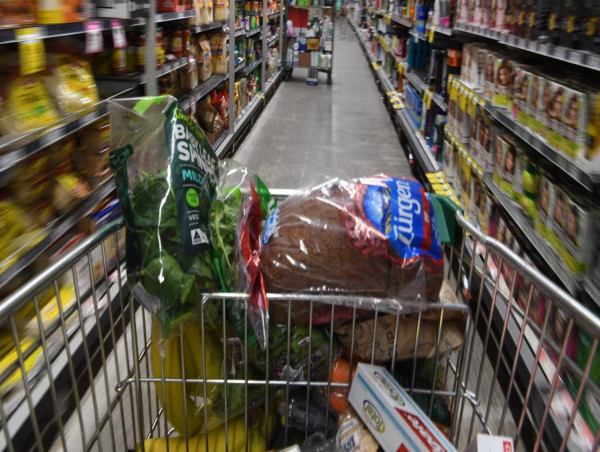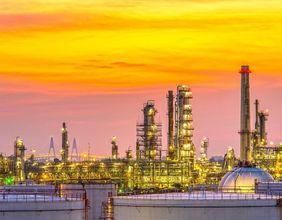Consumer prices lifted 6.8 per cent in the 12 months to February, sinking from 7.4 per cent annual growth in January.
Another decline in inflation in the Australian Bureau of Statistics' monthly consumer price index was anticipated after a sharper-than-expected fall from the strong December result.
Consensus expectations were for a 7.2 per cent rise in the year to February.
"This marks the second consecutive month of lower annual inflation, also known as 'disinflation', from the peak of 8.4 per cent in December 2022," ABS head of prices statistics Michelle Marquardt said.
The indicator, which measures the change in the price of a basket of goods and services consumed by households, was flagged by the Reserve Bank as one of the key pieces of economic data to absorb ahead of the April cash rate decision.
While rises in the cost of living are moderating, inflation is still very high and well above the RBA's target range of two-to-three per cent.
The central bank has given itself room to pause or hike again depending on incoming data flows.
Retail trade, another important source of data for the RBA, came in weak in line with expectations, lifting a modest 0.2 per cent in February.
But a robust employment report and signs of resilience in the business community suggest there's still momentum in the economy.






